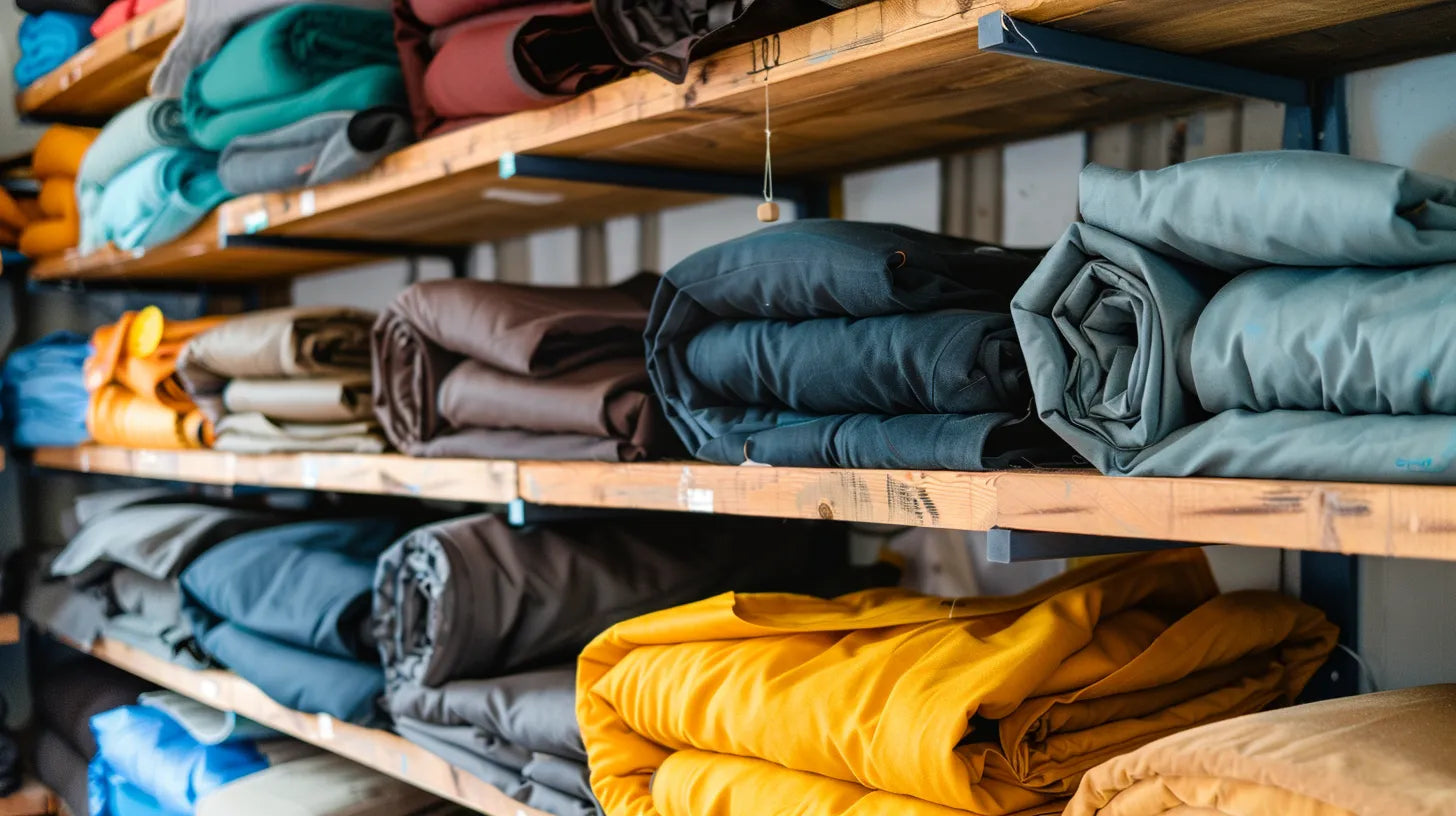When not in use, outdoor furniture covers should be appropriately stored to maintain their quality and longevity. Begin by cleaning the covers with warm water and a mild soap, followed by thorough drying to prevent mold and mildew. Consider folding or rolling the covers for efficient space utilization . Store the covers in a cool, dry place , using waterproof containers or transparent boxes for organization. Label the containers for ease of access. If available, outdoor cabinets or benches with compartments can be excellent storage options. By delving deeper into this topic, you'll discover detailed advice on materials, cleaning techniques, and various storage solutions.
Understanding Outdoor Cover Materials

To guarantee excellent protection for your outdoor furniture, it is essential to comprehend the traits of various cover materials like polyester, vinyl, and canvas. Polyester outdoor furniture covers are highly sought after for their strength, tear-resistance , and UV-protection . These characteristics make them a durable and reliable choice for protecting furniture from the harsh outdoor elements.
On the other hand, vinyl covers are unquestionably waterproof. However, their breathability is somewhat compromised, which can lead to moisture buildup if not properly ventilated. This emphasizes the need for good ventilation in outdoor furniture covers to prevent mold and mildew, a common problem resulting from excess moisture.
Canvas covers, though rugged and durable, may require additional water-repellent treatment to optimize their protection against the elements. Regardless of the material, secure fitting and easy removal should be a priority. This can be achieved with features like drawstrings, buckles, or zippers. Such features not only ensure a snug fit but also ease the process of storing outdoor furniture covers, thereby maximizing storage space.
Cleaning Covers Before Storage
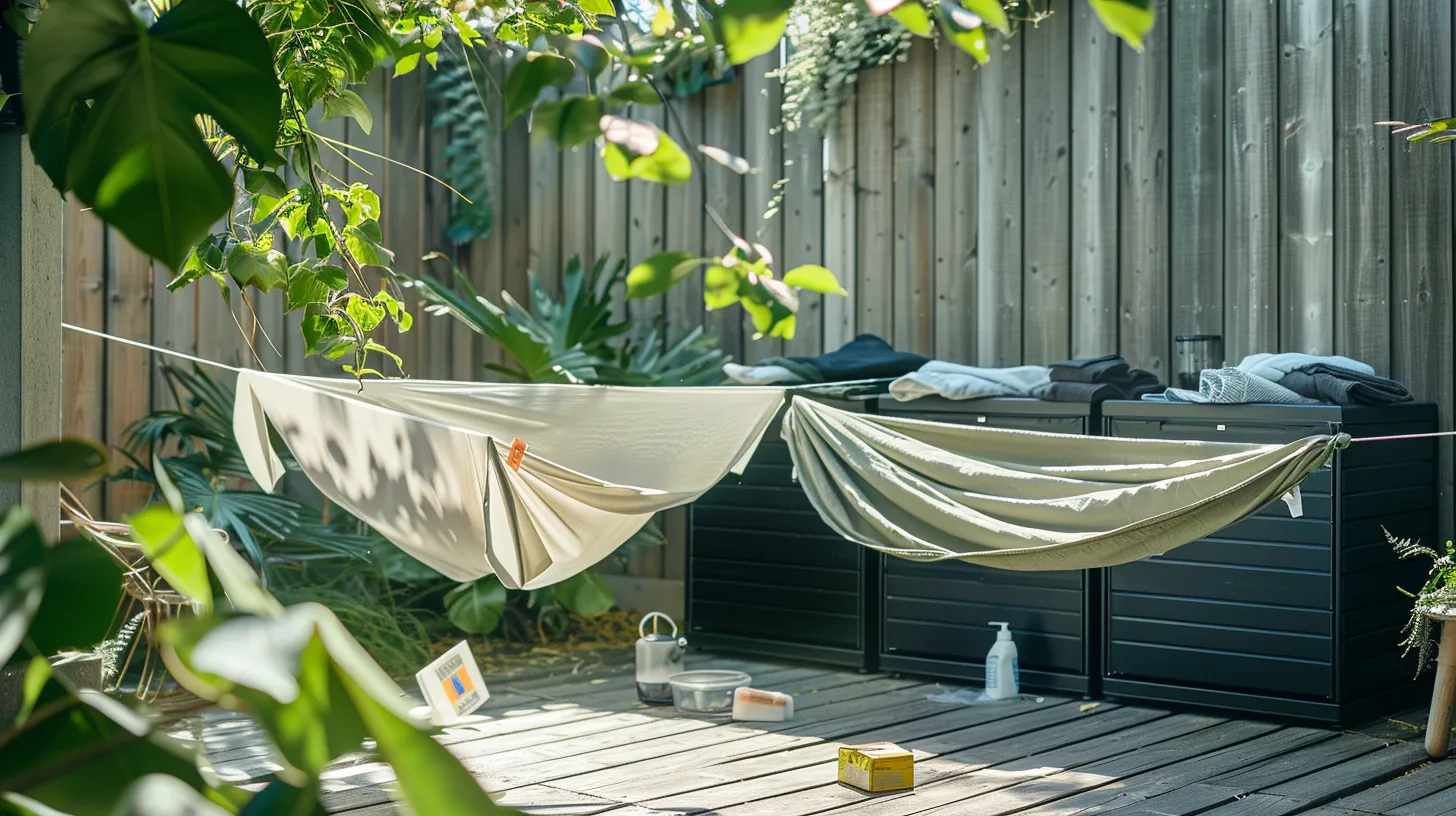
Before storing your outdoor furniture covers, it is essential to make sure they are thoroughly cleaned and completely dry to prevent the growth of mold and mildew. The process to clean outdoor cushions and Patio Furniture Covers involves hand washing with warm water and a mild soap . Utilize a sponge or a soft bristle brush to scrub the covers, ensuring a thorough cleaning. Pay careful attention to spots and stains, as these can become set in during storage if not properly treated.
Rinsing the covers entirely is an important step in the cleaning process, as it eliminates any leftover soap residue. It's also a good practice to check your covers for any repair needs before storage. Neglected tears or rips can widen over time, leading to a more complex repair job in the future. After cleaning and inspecting, make sure your covers are entirely dry before placing them in a cover storage bag .
Properly folded and stored covers not only last longer, but they are also easier to use when the need arises. Remember, the key to a longer lifespan for your outdoor furniture covers lies in proper cleaning and dry storage.
Drying Techniques for Covers
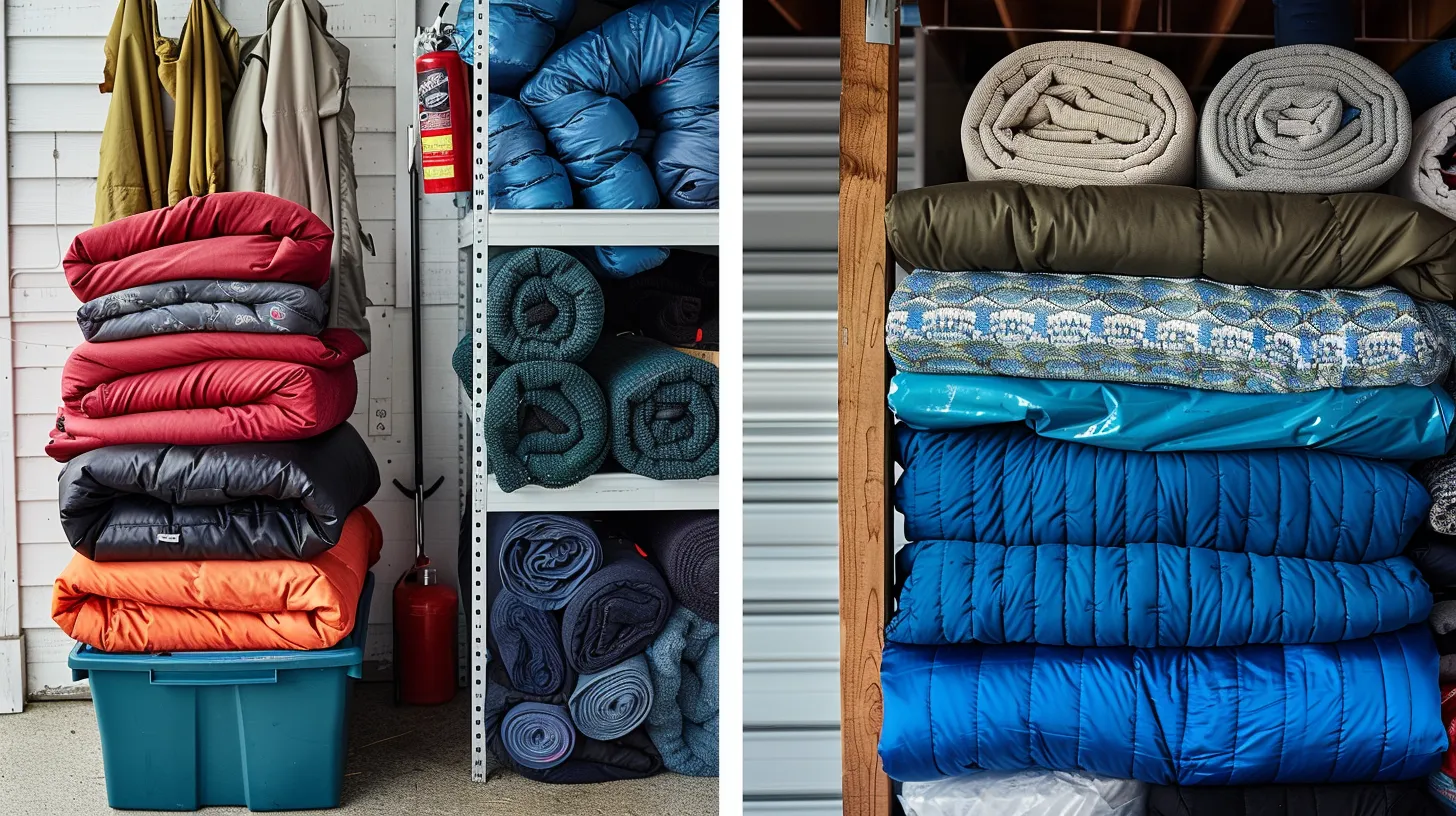
Implementing effective drying techniques for your outdoor furniture covers is vital in preserving their quality and longevity. These techniques are essential in preventing the growth of mold and mildew, which can deteriorate your covers over time.
One effective drying technique is to lay the wet covers flat to air dry. This allows the entire surface area of the covers to be exposed to the air, promoting faster and more efficient drying. However, it is essential that the area chosen for air drying is dry and well-ventilated .
Another drying technique involves using a towel to dry moisture-prone areas of the covers thoroughly. These areas often include folds and gathered sections, which can trap moisture and promote the growth of mildew. Therefore, make sure to pay particular attention to these areas when drying your outdoor furniture covers.
The final step in the drying process is to make sure the covers are completely dry before storage . Any residual moisture can potentially lead to mold growth, negatively impacting the quality and longevity of your covers. Thus, it is wise to store covers only when no moisture remains, ensuring their continued effectiveness in protecting your outdoor furniture.
Folding Vs Rolling: Best Methods
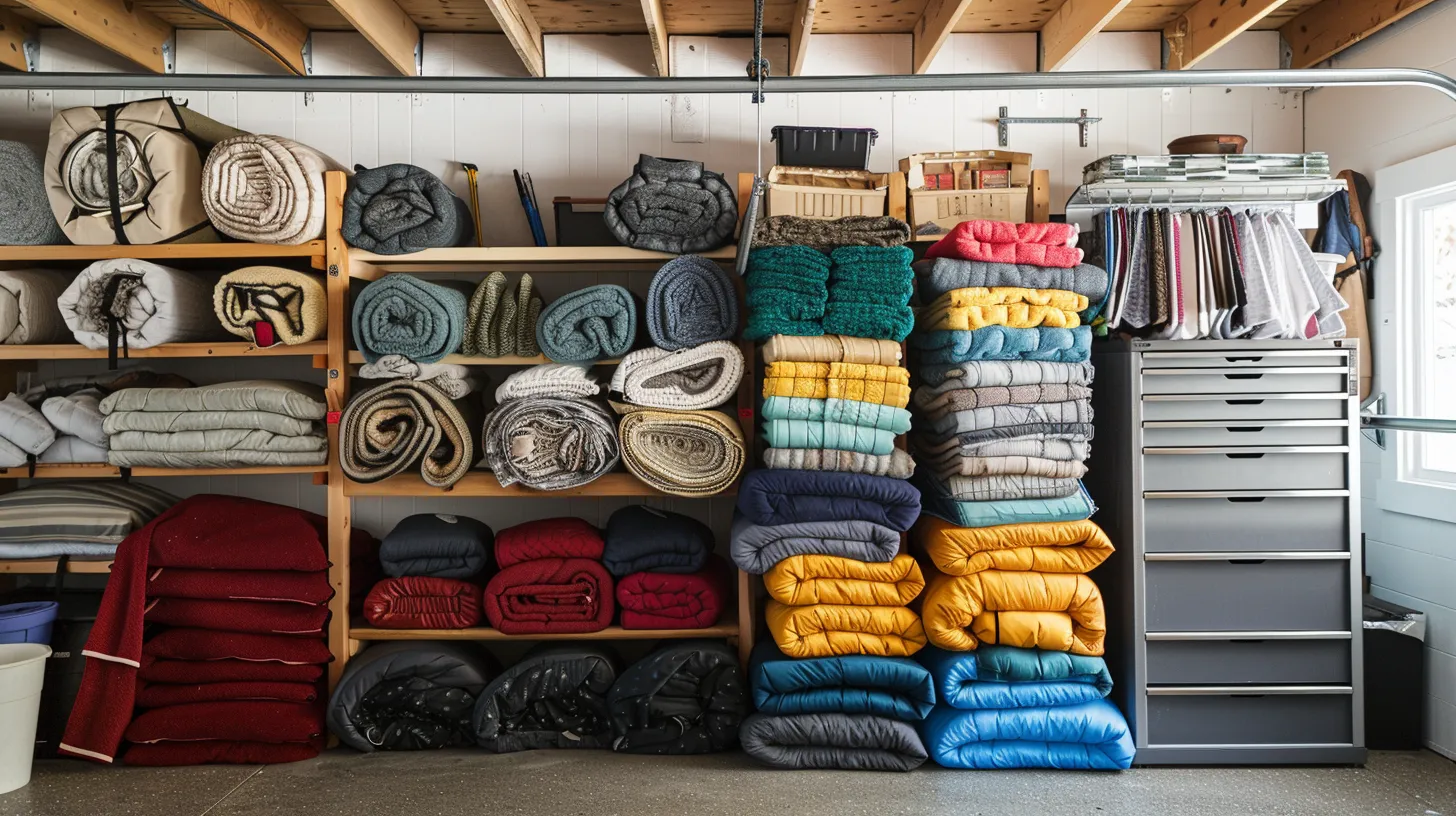
In the domain of outdoor furniture cover storage, the debate between folding and rolling methods centers on factors such as space efficiency , aesthetic preservation , and moisture prevention . Folding outdoor furniture covers is a space-saving strategy that can facilitate easy outdoor storage. Additionally, the careful folding of covers can help in preventing the trapping of moisture, thereby reducing the risk of mold and mildew growth . A neatly folded cover is also easier to identify and access when needed.
On the other hand, rolling covers is a method that focuses more on maintaining the cover's appearance. By preventing creases and wrinkles, the aesthetic value of the covers is preserved. Moreover, rolling covers tightly can shield them from dust and debris during storage, adding an additional layer of protection.
Choosing between folding and rolling covers for outdoor storage largely depends on individual needs and preferences . Whether the priority is space efficiency, aesthetic preservation, or mold prevention, both methods offer unique advantages. Ultimately, the goal is to maximize the lifespan and utility of your outdoor furniture covers through proper storage .
Choosing Suitable Storage Spaces

Selecting an appropriate storage location for your outdoor furniture covers is an important step in prolonging their lifespan and maintaining their quality. Additionally, it's a vital factor in keeping your cushions clean and ready for use. A cool, dry place is ideal for storage to prevent moisture buildup , which can lead to mold growth and degrade the fabric's quality.
If you have a garage or basement, consider utilizing shelves for storage. This allows you to keep your covers organized and easily accessible. You can also opt for creative solutions , such as using storage benches or coffee tables with compartments. These spaces can serve dual purposes, providing a way to store the cushions and other outdoor items while also offering additional seating or surface space.
Before storage, make certain that your covers are completely dry . Storing covers while they are still damp can cause damage over time, including mold and mildew growth. Hence, it's vital to allow them to fully air dry before storing . Regularly check stored covers for dampness or pests, as these can negatively affect their longevity and usability.
Using Containers and Boxes
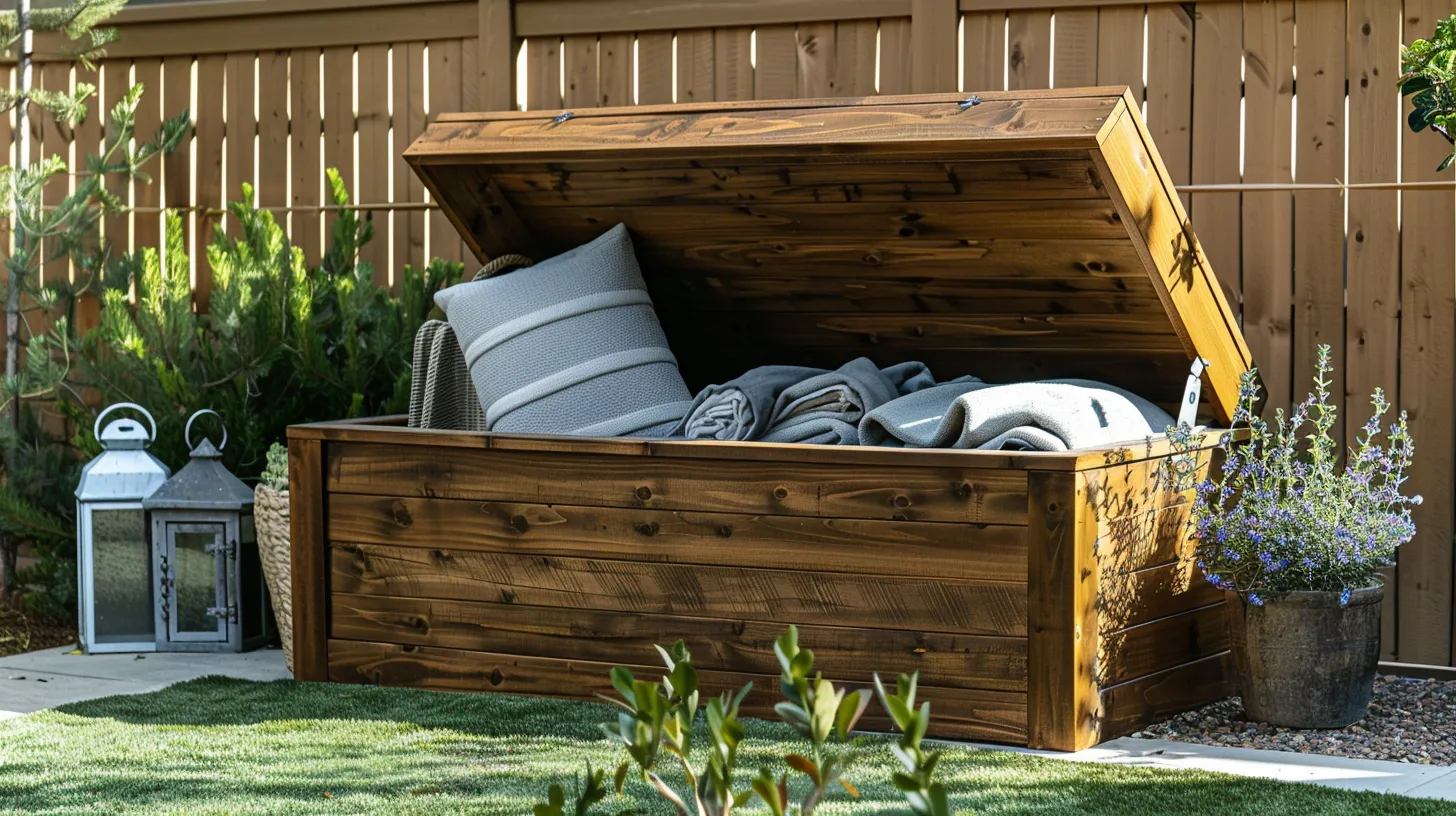
Frequently, the use of waterproof containers or boxes for storing outdoor furniture covers proves to be an effective strategy in safeguarding them from moisture and pests. These storage boxes not only keep the covers clean but also maintain their quality and longevity. The key is to make certain the boxes are airtight to prevent dust and dirt from accumulating on the covers during storage.
Transparent storage boxes are recommended as they allow for easy identification of covers without the need to open each container. This saves time and effort, especially when you have a considerable number of covers to store. To further simplify the process, you can label the containers with the type or size of covers. This way, you can quickly locate the cover that will fit your furniture when needed.
Make sure to stack your containers in a dry and cool area to maximize space and keep the covers organized for easy access. Overcrowding or placing the boxes in damp or warm areas may lead to damage. If managed properly, using containers or boxes for storage can be an efficient and effective way to store your outdoor furniture covers.
Outdoor Cabinets as Storage Options

Shifting from containers to a larger scale solution, outdoor cabinets offer a durable, weather-resistant alternative for storing outdoor furniture covers. Made from robust materials, outdoor cabinets present a lasting solution that can withstand a variety of climatic conditions. This makes them an excellent option when considering the preservation and organization of your vinyl covers.
Outdoor cabinets not only provide weather-resistant storage but also offer ample space . Compared to other storage options, cabinets can accommodate more items including other outdoor accessories . This aspect can help declutter your outdoor space, creating a neat and orderly environment.
The utilization of outdoor cabinets can also contribute to extending the lifespan of your outdoor furniture covers. By providing a safe and secure storage space , cabinets prevent the wear and tear that often results from improper storage. This makes the investment in durable materials such as outdoor cabinets worthwhile.
Storage Benches for Larger Covers
For those seeking a blend of style and practicality for storing larger outdoor furniture covers, storage benches emerge as an ideal solution. These functional pieces of furniture offer ample space to accommodate sizable covers, making them a perfect storage option.
Storage benches are strategically crafted from weatherproof materials , ensuring your covers are well-protected from the elements. This weatherproof feature extends the life of your covers, saving you from frequent replacement costs. As a result, using storage benches doesn't only provide a convenient storage solution , but also an economically sound choice .
Their design goes beyond mere functionality, offering a stylish storage solution that seamlessly blends with different outdoor settings. The aesthetic appeal of these benches enhances the overall look and feel of your outdoor space, making it more inviting and visually pleasing.
For those who prefer a well-ordered storage system , certain storage benches come with compartments or shelves. These features allow for organized storage , making it easier to locate and retrieve your covers when needed. In this way, storage benches serve dual purposes - they not only keep your covers protected and easily accessible but also contribute to maintaining a clutter-free and organized outdoor space.
Preventing Mold and Mildew
Ensuring the longevity of your outdoor furniture covers involves a significant consideration: the prevention of mold and mildew . Mold and mildew growth is primarily encouraged by moisture and can damage the material of your covers, rendering them ineffective.
Taking steps to prevent mold and mildew growth starts with the proper drying of your covers . Make sure to lay wet covers flat to air dry. This guarantees that no moisture is trapped within the folds, which could otherwise create a conducive environment for mold and mildew.
The next step is to make certain your cushions are completely dry before placing the covers on them. Any trapped moisture can lead to mold growth, damaging both the covers and the cushions.
Moreover, it is essential to store the covers in a cool, dry place . This inhibits mold and mildew development by depriving them of the warm, damp conditions they thrive in.
Lastly, regularly cleaning your covers can reduce the risk of mold and mildew formation. However, make sure the covers are completely dry before storing them to avoid mildew issues . By following these practices, you can effectively prevent mold and mildew growth, thereby enhancing the durability of your outdoor furniture covers.
Maintenance Tips for Longevity
To maximize the lifespan of your outdoor furniture covers, regular maintenance and proper storage are crucial factors. Expert Tips suggest that keeping your outdoor furniture covers clean is an essential step in ensuring their longevity. This can be achieved by regularly washing cushions and covers with a gentle soap and water solution, ensuring the cushions are clean and free from dirt and debris before storage.
In addition to cleanliness, the storage environment plays a significant role in the care of your outdoor furniture covers. Storing these items in a cool, dry place can protect them from environmental damage such as mold and mildew. Consider utilizing DIY storage solutions like storage bags, bins, or outdoor storage benches to safeguard your covers from unnecessary wear and tear.
Lastly, selecting outdoor furniture covers made from durable materials like polyester or canvas can enhance their longevity. These materials, coupled with proper ventilation, can provide the best protection for your covers, ensuring they remain in excellent condition for the longest time possible. With regular maintenance and appropriate storage, you can significantly increase the lifespan of your outdoor furniture covers.


